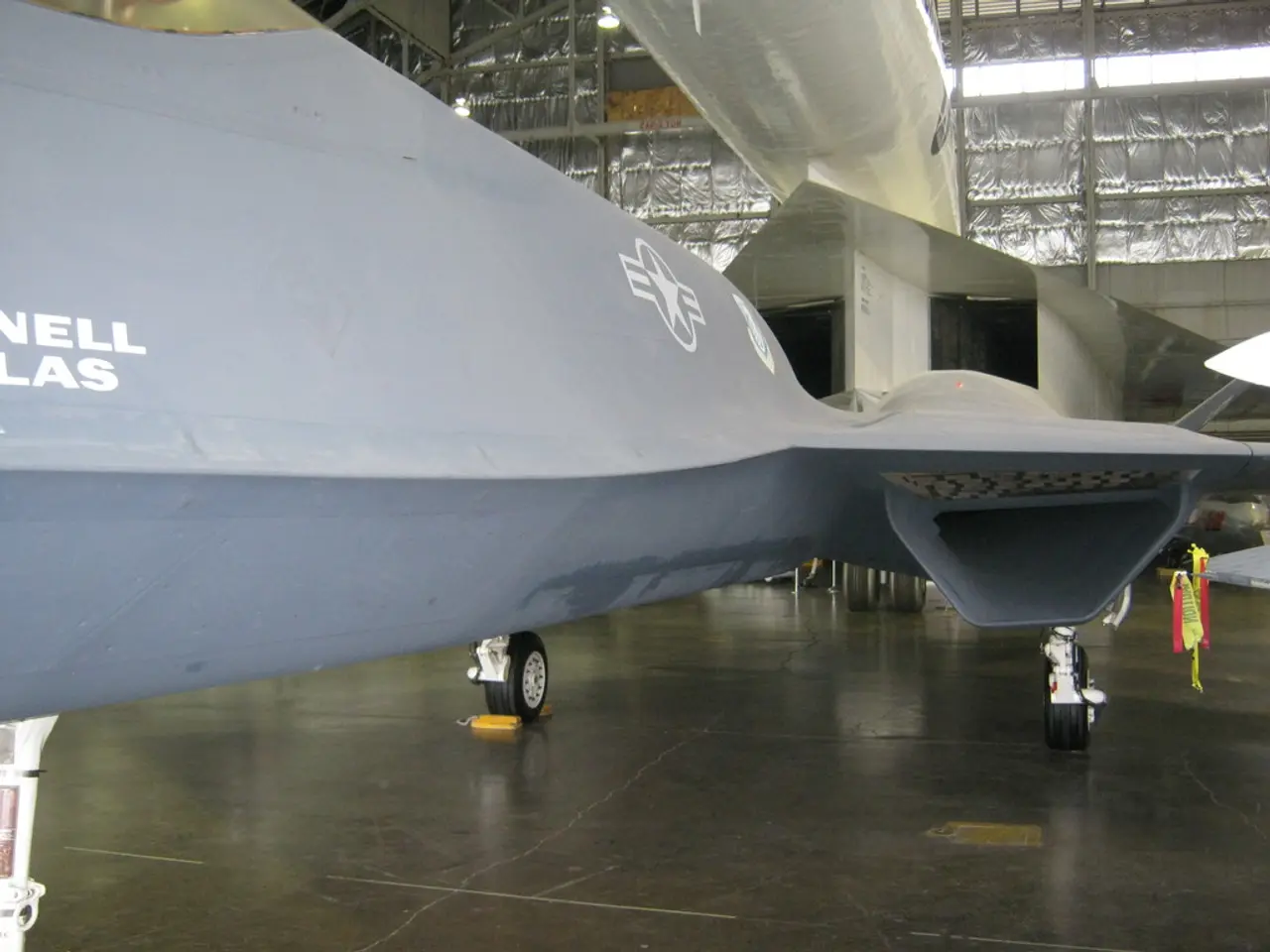United Airlines discontinues service on three flight paths while introducing new ones, igniting a dispute with competitors over airspace control.
United Airlines is making significant strides in its network in 2025, with a focus on new routes, seasonal services, and route exits. This strategic move reflects the airline's efforts to capitalise on competitive dynamics in both transatlantic and domestic markets.
In the transatlantic sector, United has launched seven new routes, including a seasonal flight between New York’s Newark Airport and Bilbao, Spain, which began at the end of May 2025. The airline's European network now comprises 80 routes to 32 cities, marking a substantial expansion in this region.
One of the unique routes launched by United is the twice-weekly service between Newark and Nuuk, Greenland, the only nonstop connection between the U.S. and Greenland since 2008. United's move into these niche markets could establish a stronghold in underserved international corridors.
In addition to international expansions, United has introduced about 50 new routes starting in June and July 2025, further broadening its global reach with new connections in Asia-Pacific and other regions.
However, United is not just focusing on growth. The airline is also making strategic withdrawals from less profitable corridors. For instance, United has removed certain flights, such as those to Tenerife, as part of its network reshaping efforts.
Competition analysis reveals that United continues to strengthen its presence in Europe by adding diverse destinations, such as Bilbao, and expanding routes in Scandinavia, competing directly with carriers like Delta, American Airlines, and European airlines. By offering exclusive nonstop flights like Newark to Nuuk, United is capturing niche markets with limited competition.
United's domestic strategy also includes seasonal flights to destinations like Eagle County, Colorado, catering to leisure travelers. This competitive maneuvering positions United against other U.S. carriers that are also expanding seasonal services.
In terms of hubs, investments like Miami International’s planned $600 million concourse expansion may indirectly influence United’s operational strategies.
The airline's hub in Chicago might be under pressure from competition and the airline wanting to protect its territory from new entrants. United has already cut routes from Dulles to Albany and Providence, and the Newark cuts will represent a net reduction in service to those outstations.
United is also matching WestJet's three-times-weekly service from Chicago to Edmonton, starting a few days before WestJet. The Houston route, which was previously operated by United until March 2020, will be flown four times a week on a year-round basis, starting on May 22, 2025. United will operate Chicago-to-Edmonton flights four times a week on a year-round basis.
In summary, United Airlines' 2025 route changes involve an aggressive push in transatlantic and niche international routes, substantial seasonal domestic services, and strategic withdrawals from less profitable corridors. This positioning allows United to compete globally and domestically with an expanded and more diverse network.
- United Airlines has launched seven new transatlantic routes, including a seasonal flight from New York's Newark Airport to Bilbao, Spain, to capitalize on competitive dynamics in both transatlantic and domestic markets.
- The airline's move into niche markets, such as the twice-weekly service between Newark and Nuuk, Greenland, could establish a stronghold in underserved international corridors.
- United has also introduced 50 new routes, broadening its global reach with new connections in Asia-Pacific and other regions.
- In the finance industry, travel rewards provided by credit cards can offer benefits to individuals who frequently travel, such as participation in loyalty programs that offer points for flights and dining at hotels.
- Competition analysis shows that United is strengthening its presence in Europe by adding diverse destinations and expanding routes, directly competing with carriers like Delta, American Airlines, and European airlines.
- United's strategic withdrawals from less profitable corridors, like the removal of flights to Tenerife, indicate a shift towards focusing on profitable routes and strengthening its competitive position.
- The airline's business strategy also includes expanding seasonal services to destinations like Eagle County, Colorado, and investing in new routes to compete with other U.S. carriers.




